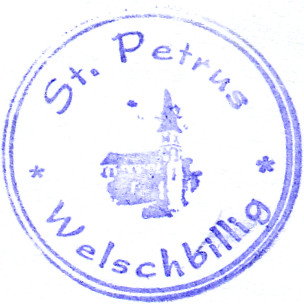
From the youth hostel, where we spent the night, we walk downhill to the centre of Bollendorf.

The Way of St. James leads along the Sauer.

Riverbank path along the Sauer
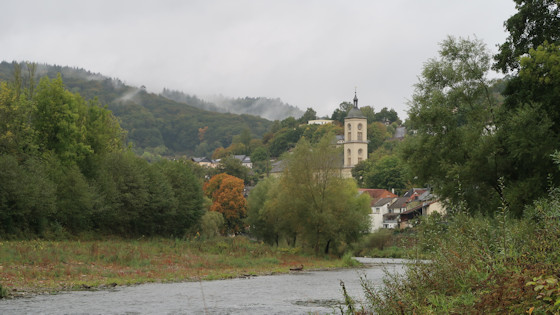
View back to Bollendorf

Bridge to Luxembourg

We cross the Sauer.
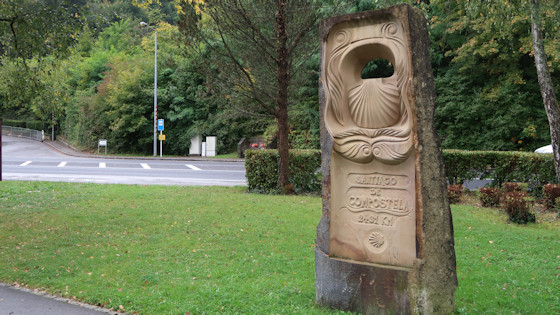
2431 km to Santiago

On the Sauer (Sûre) on the Luxembourg side
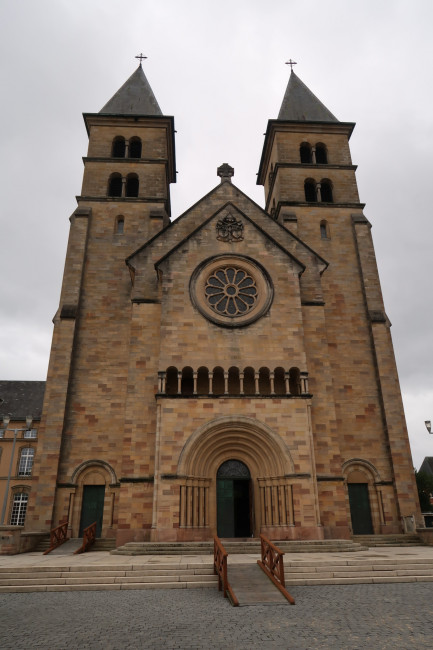
Echternach
is the oldest city in Luxembourg. The cultural and spiritual centre of Echternach is the abbey. A Roman fort and the first settlement nucleus of the town stood where the abbey church is enthroned today. The town's development began when in 698 the abbess Irina von Önen gave the small monastery for itinerant monks and lands that had been built on the hill to the Anglo-Saxon Benedictine monk and by then Bishop of Utrecht, Willibrord. On the basis of further donations from Pippin II, Willibrord began building a first monastery church in 704. The abbey underwent further expansion before the end of the 8th century and the crypt was built. After a fire, a new, three-nave church was built in 1031, supplemented in the 13th century with the mighty west towers. During the French period, the abbey was plundered and misused as barracks, hospital, camp, etc.

Part of the monastery
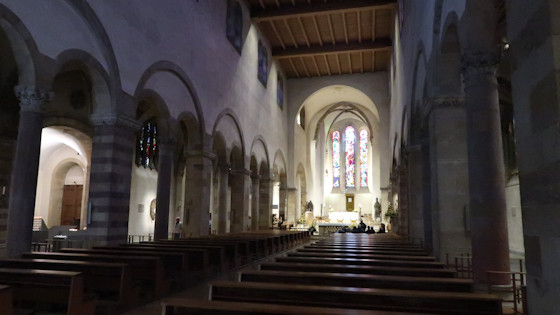
Romanesque structures inside the church

View to the organ
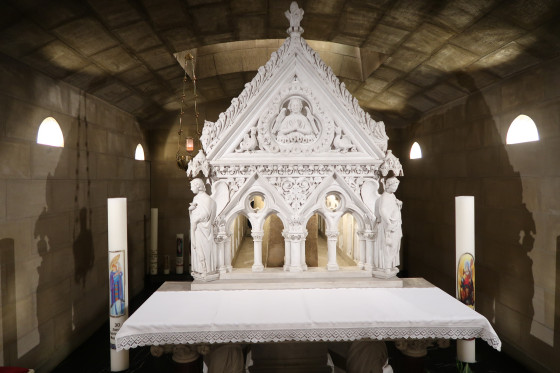
In the crypt under the main altar, which has survived all the storms, is the sarcophagus with the relics of St Willibrord.

The former abbey is now used as a gymnasium.
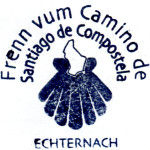
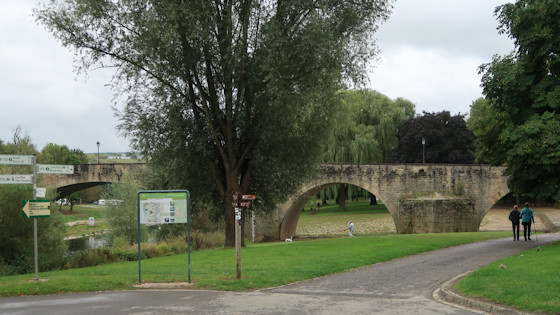
Bridge over the Sauer

We cross the Sauer and march back to Germany.

A "wine portal" made from former vines

The small village of Minden lies at the mouth of the Prüm into the Sauer. The choir tower church of St. Silvester dates from the 12th century. On its main altar we see another pilgrim saint, St. Wendelinus.

Lunch break in the rain
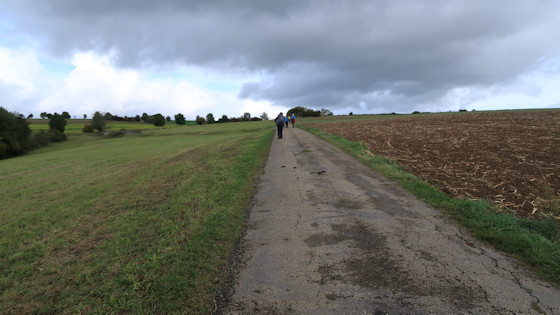
After the lunch break in Minden, it's uphill once again.
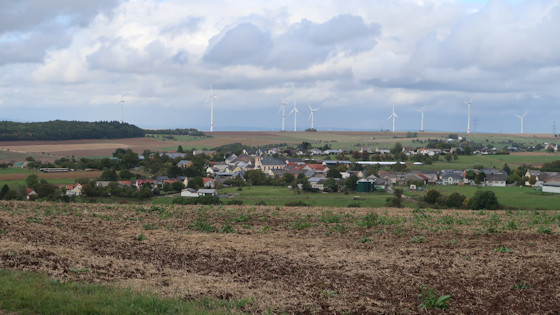
View from the ridge

Only 2415 km to Santiago

It goes gently downhill.

Marching into Welschbillig

The Gangolf Chapel
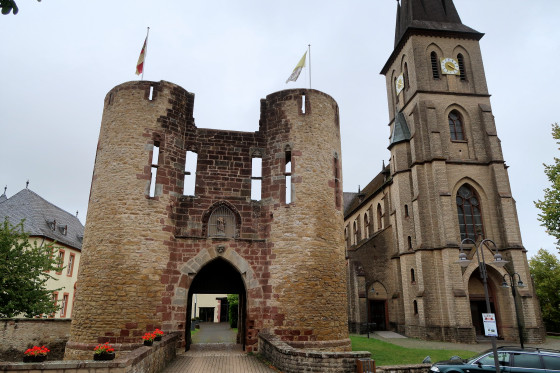
In the 13th century, a castle with a moat and four large corner towers was built on the site of a Roman manor villa. Welschbillig was granted town status in 1291. After the destruction of the castle in 1673, only the remains of the north-west tower and the gate building with the two round towers remain (next to the church).
The first church in the village was built in 1328, was destroyed and rebuilt several times and finally demolished in 1891 and replaced by the present neo-Gothic building. The church is dedicated to St. Peter.

neo-Gothic interior
